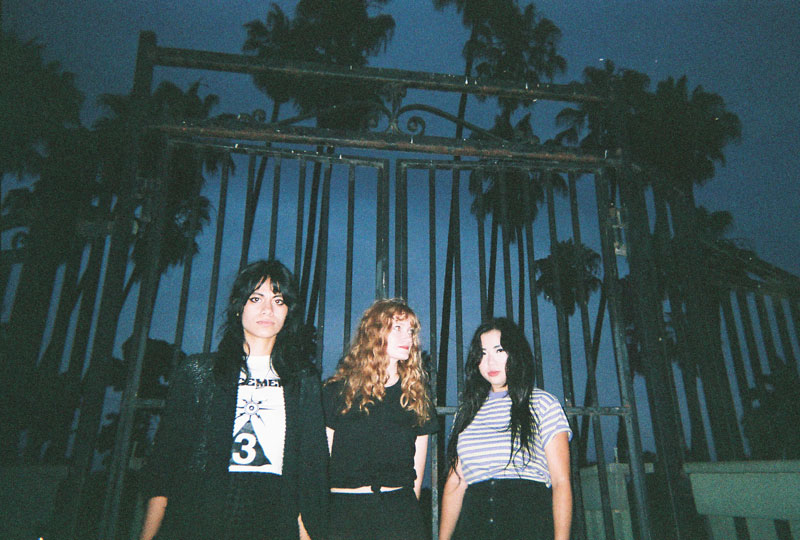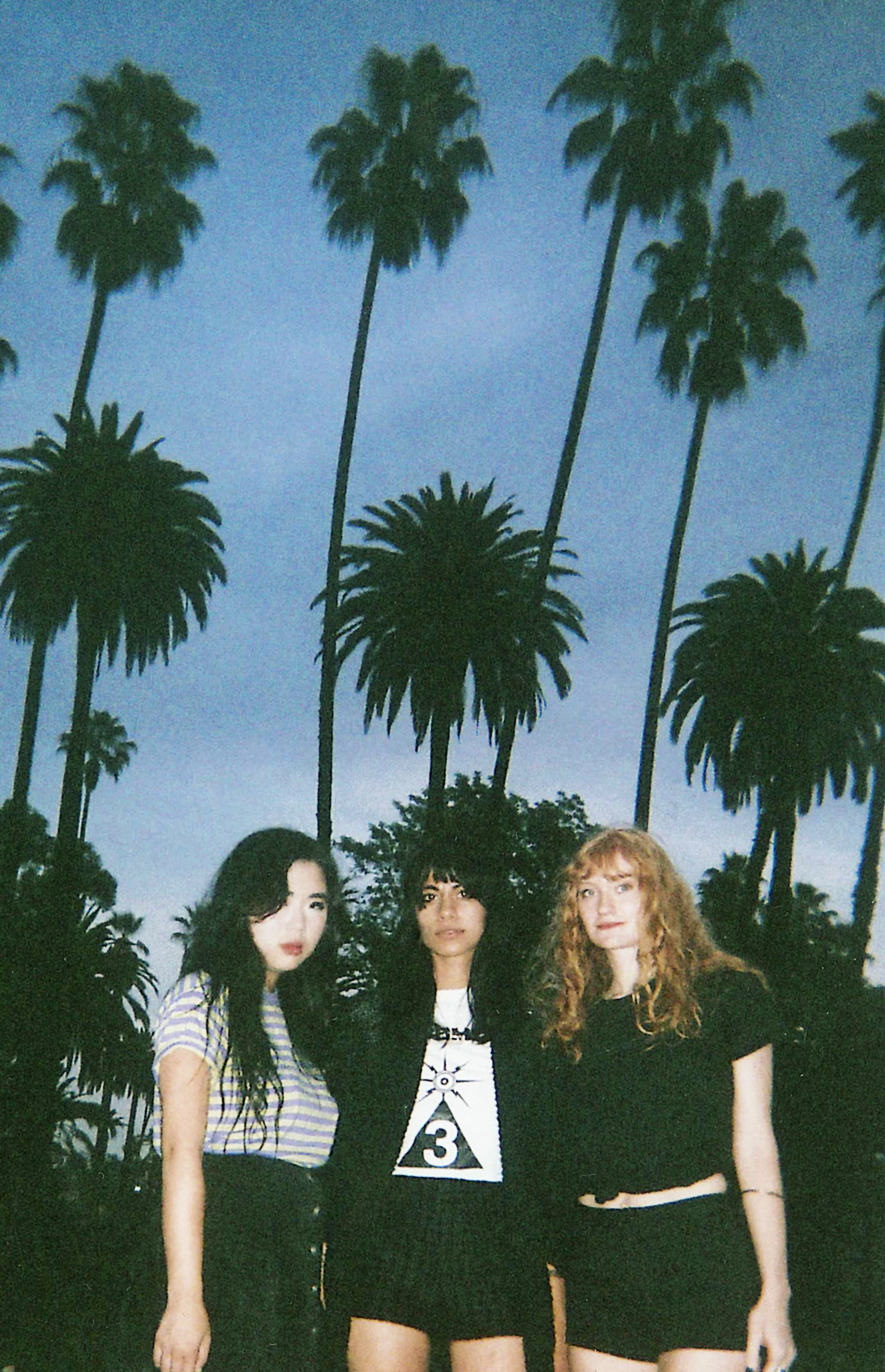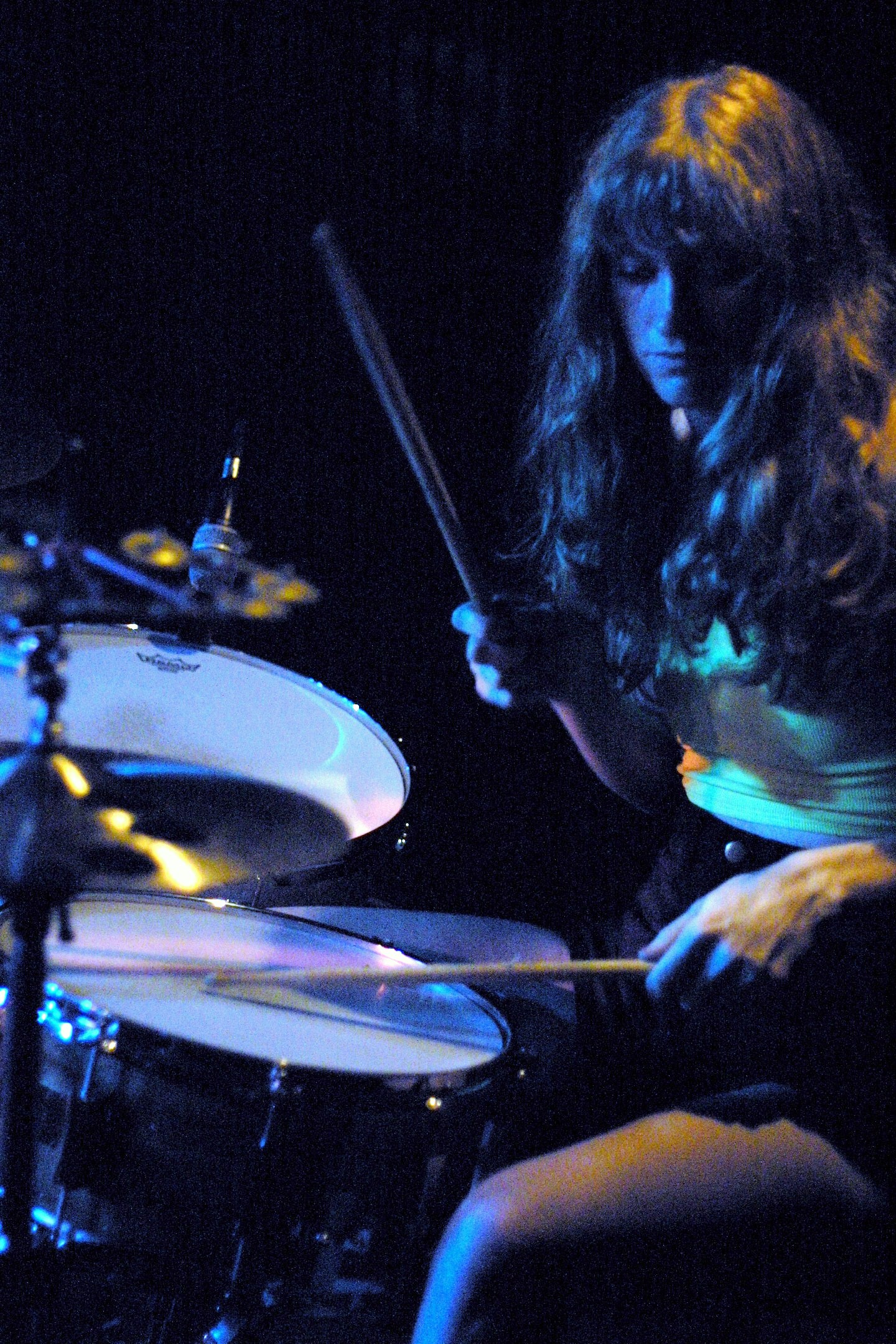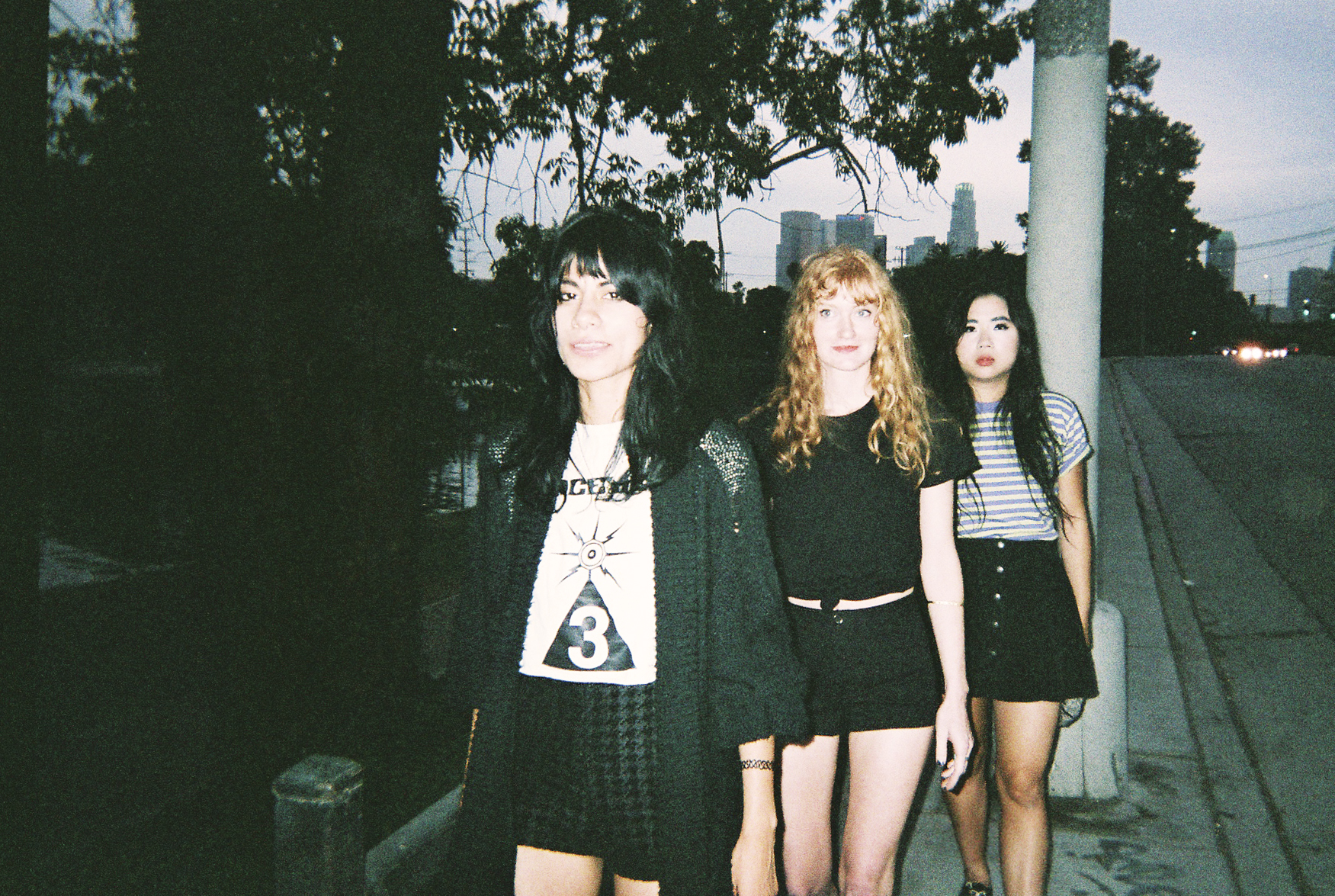By Art Tavana for Tom Tom Magazine
Underground cinema is loaded with trash, exploitation, and grindhouse; purposefully orchestrated to subvert logic, in order to create a gut-curdling aesthetic based in a bizzaro-world of fairytales and softcore pornography. As far as theatrical filth and synth-based scores go, Dario Argento’s Suspiria (1977) is a proper cult classic. The demented fantasy, where nothing makes any sense in a rainbow of visual excess, is backed by the angst-inducing score by Italian prog-rockers Goblin (heavily influenced by Genesis and King Crimson). The score is horrific; loaded with Tubular Bells and medieval hallucinogenic experiences that seem fitting for a film about witchcraft. In some way, the punk and post-punk movement in the late-’70s was influenced by this same form of cult cinema, in the same way cult cinema was influenced by underground or punk rock (i.e. Repo Man). The French fantasy/horror movement known in some forms as Fantastique; heavily influenced underground French-made films between the ’70s and ’90s, which of course, would directly impact musicians coming-of-age during the same time. Goblin’s Euro-horror score on Suspiria would go on to influence horror maestro John Carpenter, and in some degree, musicians in the post-punk movement, including Siouxsie Sioux.
The bloodline of influences between underground cinema and modern music have usually remained, well, in the underground; hardly a topic of discussion during a Rolling Stone interview or profile in SPIN. But in the past few years, all-girl bands soaked in blood-spattered nostalgia (Savages, Bleached, Dum Dum Girls, and Deap Vally), have openly married the guerilla feminism of grindhouse cinema with classic rock ‘n’ roll. Euro-horror, French fantasy, campy ’50s surfer flicks, and Tarantino Kill Bill violence have influenced what seems to be an all-girl uprising in the indie scene. Something is happening, between The Bowery Ballroom in New York, and the Troubadour in West Hollywood; led by retro-sounding girls influenced in equal parts by Kathleen Hanna, Suzi Quattro, and ’80s cult classic such as Heathers and Lost Boys. These bands, along with many more, seem to be reigniting the spirit of riot grrrl pioneers like Bikini Girl, who roared through the mid-’90s with a Faster Pussycat! Kill! Kill! audacity that disappeared into the plastic noise created by the Spice Girls and later, Britney Spears. But despite the world’s continued obsession with female pop stars; the dangerousness of an all-girl rock revolution seems to be growing in the indie scene.
Some of today’s most prolific indie bands, such as all-girl post-punk powerhouse Savages (who live up to ferocity of their name), borrow from the aesthetic and grit of Jean-Luc Godard’s Breathless, and in some degree, lead singer Jehnny Beth has a Siouxsie Sioux-tinge to her thumping vocal style. Savage’s Drummer Faye Milton, who pummels her drums like a cybernetic miner extracting ore from the lunar surface, embodies the fantasy/horror genre’s otherworldly quality first seen in the drumming of Bill Ward on Black Sabbath’s eponymous 1970 debut. By design, none of these bands are ‘feminists,’ in the traditional sense of the word. One way or another, they each confidently embrace their sexuality in a gritty, and at times, stylized approach that is fiercely independent of any one movement.
This mélange of artistic evolution and blood-stained cinema has given birth to a trio that seems to be making some noise in the L.A underground. L.A. Witch are an all-girl outfit influenced by the horror inspired lyrics and dark blues rock of Black Sabbath. Sade Sanchez, their singer-guitarist, writes head-bobbing grooves in a mid-tempo grind, fueled by her ’60s garage rock influences and affection for spooky vocals. Their bassist, Irita Pai, combines the pure rock bass of Sabbath’s Geezer Butler, with a less hyper-driven version of Savages-style bass in the mold of Ayse Hassan, but less prolific. Their drummer is Ellie English, a fiery redhead with Southern roots, simply seems out-of-place amongst her two dark-haired band mates. While Sade and Irita embody the DIY “Cult” grunge-style aesthetic of the ’90s, English looks more like Stephen King’s Carrie – with burnt orange hair and a curiously timid personality. Her influences are also different from the rest of her band mates: which range from Pixie’s drummer David Lovering to Gwen Stefani. But behind her rugged Pork Pie drum kit, English (now 24), washes away her coy demeanor with a steady sledgehammer approach she’s learned to develop since the age of 13, when she bought her first drum kit after seeing the rhythm section in her dad’s band. While she lacks the technically mastery of a Bill Ward, or in the contemporary sense, the virtuosity of a Carla Azar, English has a brutality behind the kit that seems to match the primal cavewoman approach of someone like Julie Edwards from Deap Vally. But it almost never happened. Before English was unearthed to join the band this summer, L.A. Witch had a dark-haired vixen behind the drums that seemed to look (and act) more like what you’d expect from an occult-themed group. Crystal Nava, the original L.A. Witch drummer, was the “face” of the band, when one day, she suddenly disappeared.
“Our original drummer left to New York for a trip, but she never came back,” says Sanchez, who persuaded English to leave her Burbank digs and join L.A. Witch in Echo Park.
With English anchoring the garage rock core and bass-driven fuzz of L.A. Witch; the all-girl trio’s sludgy haze now seems to bleed through with a steady mid-tempo grind that sounds like scuzzy dark country minimalism, layered over haunted chain-gang blues.
Their self-titled debut, released earlier this year, includes three tracks loaded with ghostly lo-fi vocals and Black Angels-sounding psychedelia. The record sounds like music you’d hear at a deserted ’60s truck stop, or on the fuzzy-sounding jukebox in True Blood’s Merlotte’s Bar. Without a Svengali Kim Fowly-type to influence L.A. Witch to look and sound more “sexed up,” in the mold of the Runaways, the girls could potentially grow an audience for their sinister amalgamation of haunted surf rock and road trip blues, without turning into the Bangles in the process. Their single “Get Lost,” a bass-driven haze of darkness, has Sanchez begging throughout the track to “Save me from myself / Save me from myself.” But in fact, L.A. Witch needs no saving – their DIY approach to gigging and promoting their band is part of their charm. Like grindhouse cinema, it could take time for L.A. Witch to find an a adoring fan base that puts their gimlet eyes and occult aesthetic on merchandise and tattoos. But like Savages, a band Sanchez seems to idolize, L.A. Witch has a fearless approach grounded in an uncompromising approach to creating their own sound and cult aesthetic.





